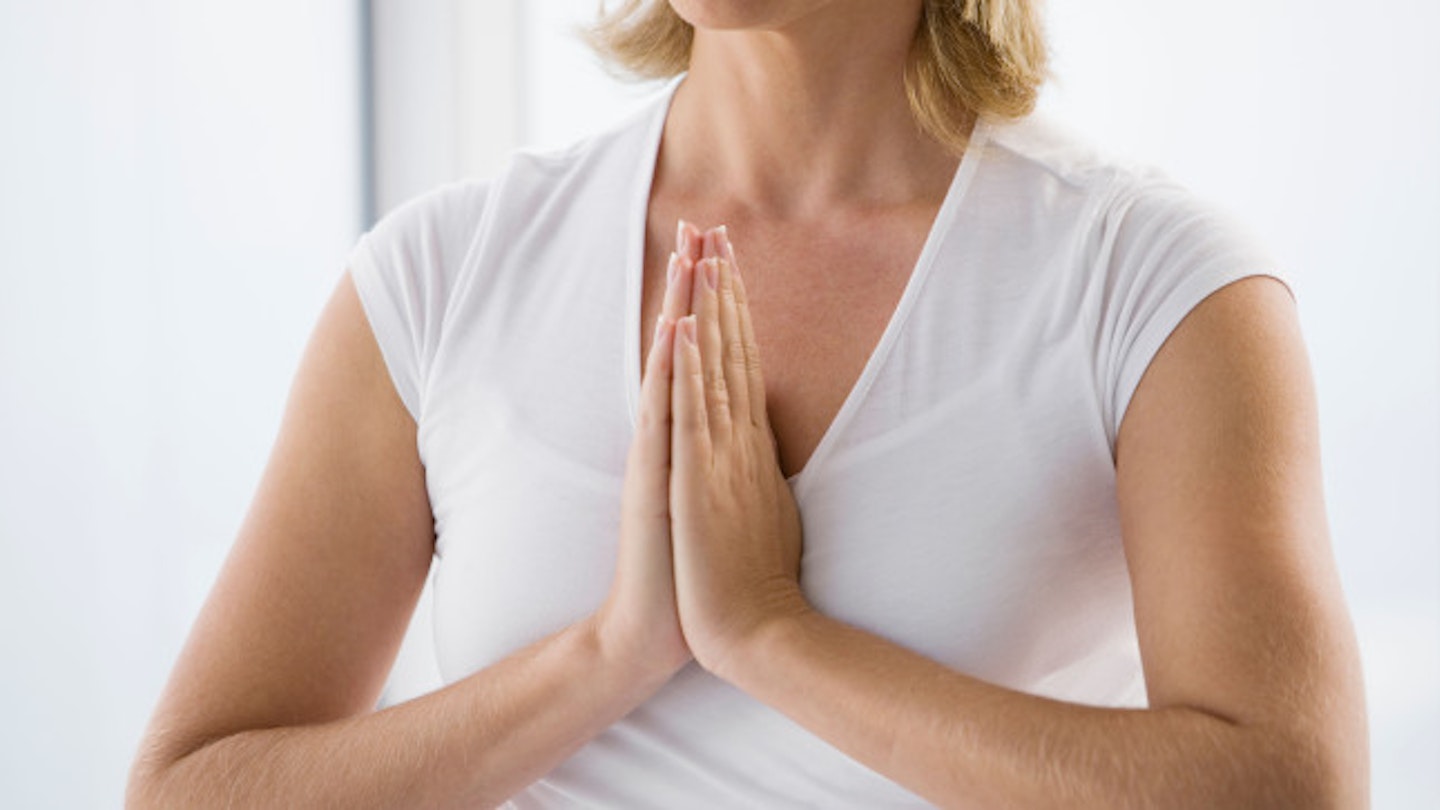What is mindfulness?
Mindfulness is a Buddhist practice that encourages those practising it to embrace moments and ‘take time out’ to make sense of their emotions as moments pass.
Professor Williams from Oxford Mindfulness Centre told the NHS website: "It's easy to stop noticing the world around us. It's also easy to lose touch with the way our bodies are feeling and to end up living 'in our heads’– caught up in our thoughts without stopping to notice how those thoughts are driving our emotions and behaviour.”

He continues: "An important part of mindfulness is reconnecting with our bodies and the sensations they experience. This means waking up to the sights, sounds, smells and tastes of the present moment. That might be something as simple as the feel of a banister as we walk upstairs.
"Another important part of mindfulness is an awareness of our thoughts and feelings as they happen moment to moment.
"Awareness of this kind doesn't start by trying to change or fix anything. It's about allowing ourselves to see the present moment clearly. When we do that, it can positively change the way we see ourselves and our lives."
How can it improve my health?
It can improve your health by reducing your stress and therefore helping you sleep better. By boosting your mood you can increase your energy levels and you're wellbeing will ultimately benefit. Those practicing mindfulness often find that they start taking care of their physical health much better than before which in turn helps your overall quality of life.
Can it help me in other ways?
Mindfulness can help you achieve a healthy perspective and deal with negative emotions in a balanced way. Small things that may have caused distress before will cause less emotional upheaval as mindfulness helps you process your feelings.
Reminding yourself of why you’re feeling the way you’re feeling can also help your relationships. Feel like you’re about to lose your temper with your child or partner? Mindfulness can help you notice whether your feelings are a reaction to their behaviour or to your mood on that day.

How do I get started?
Mindfulness apps such as Headspace offer a free trial to those wishing to take up the practice. Apps such as this are terrific as it means you have a ‘mentor’ in your pocket on your smart phone whenever you need it.
Mindfulness books such as The Mindfulness Bible are also a great way to learn more about taking time out to notice the world and your emotional response to your surroundings.
Mindfulness methods
R.A.I.N
Recognise, acknowledge, investigate and non-identity. This means to recognise your emotions, acknowledge your feelings (rather than try and bypass them like many of us stiff-upper-lipped Brits try and do) and investigate why you’re feeling that way.
The final stage is to try an ‘non-identify’ with that emotion after you’ve acknowledged it by noting that this particular emotion is not a ‘definition of who you are’.
Take a breather
Before you travel home from work or leave in the mornings, try and take a few minutes out to collect your thoughts and acknowledge how you’re feeling in that particular moment. This could dramatically decrease your stress before you return to your household. Taking some time out to gather yourself up from a stressful day at work will do wonders for your home life as you’ll be carrying less negativity back to your family.
Go for a walk
Walking is not only great exercise, but it can give you some time to ‘ground’ yourself and make you more aware of your senses. If you suffer from anxiety this is a great way to practice mindfulness as it gets you out in the open and boosts your mood.
